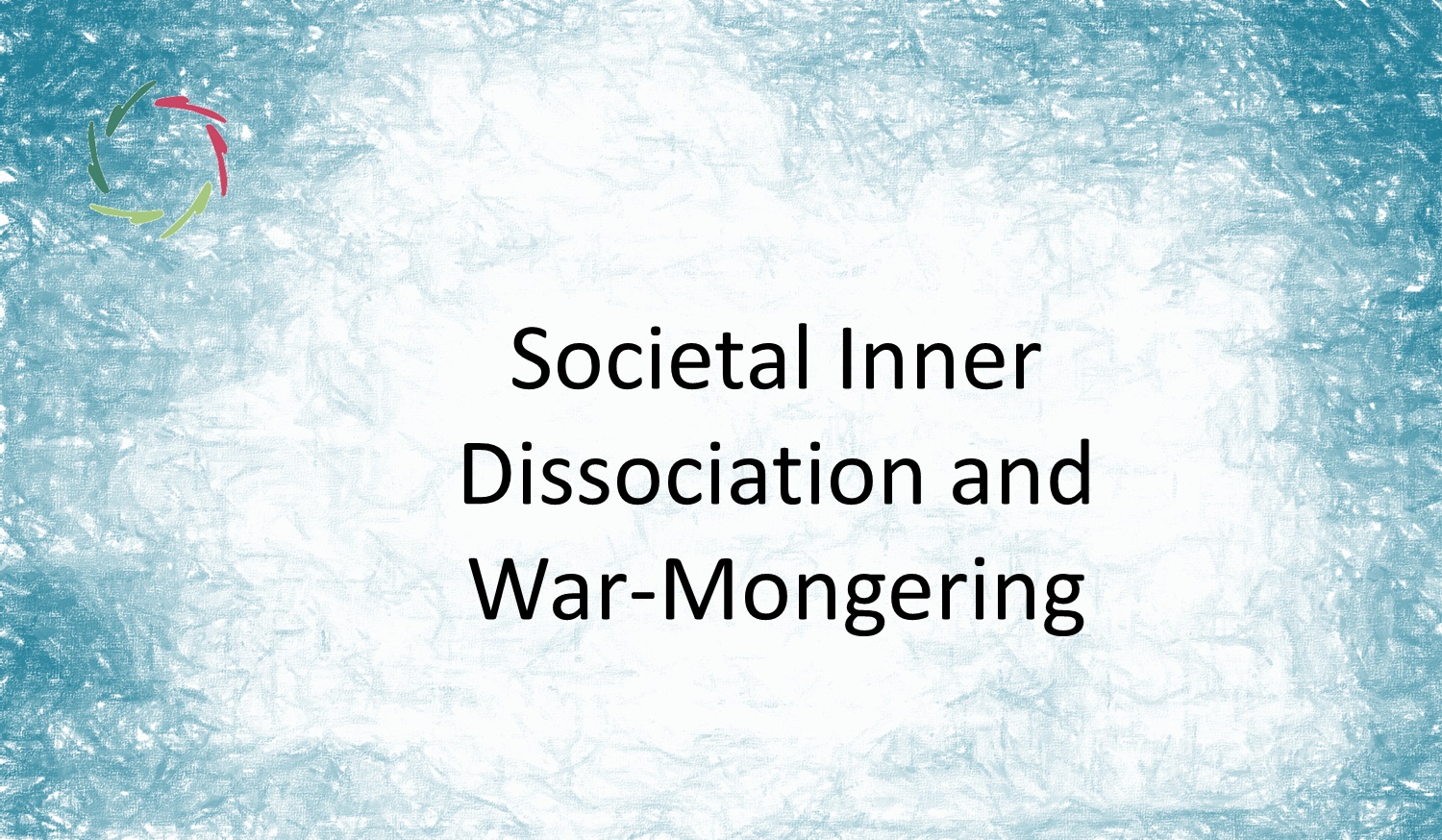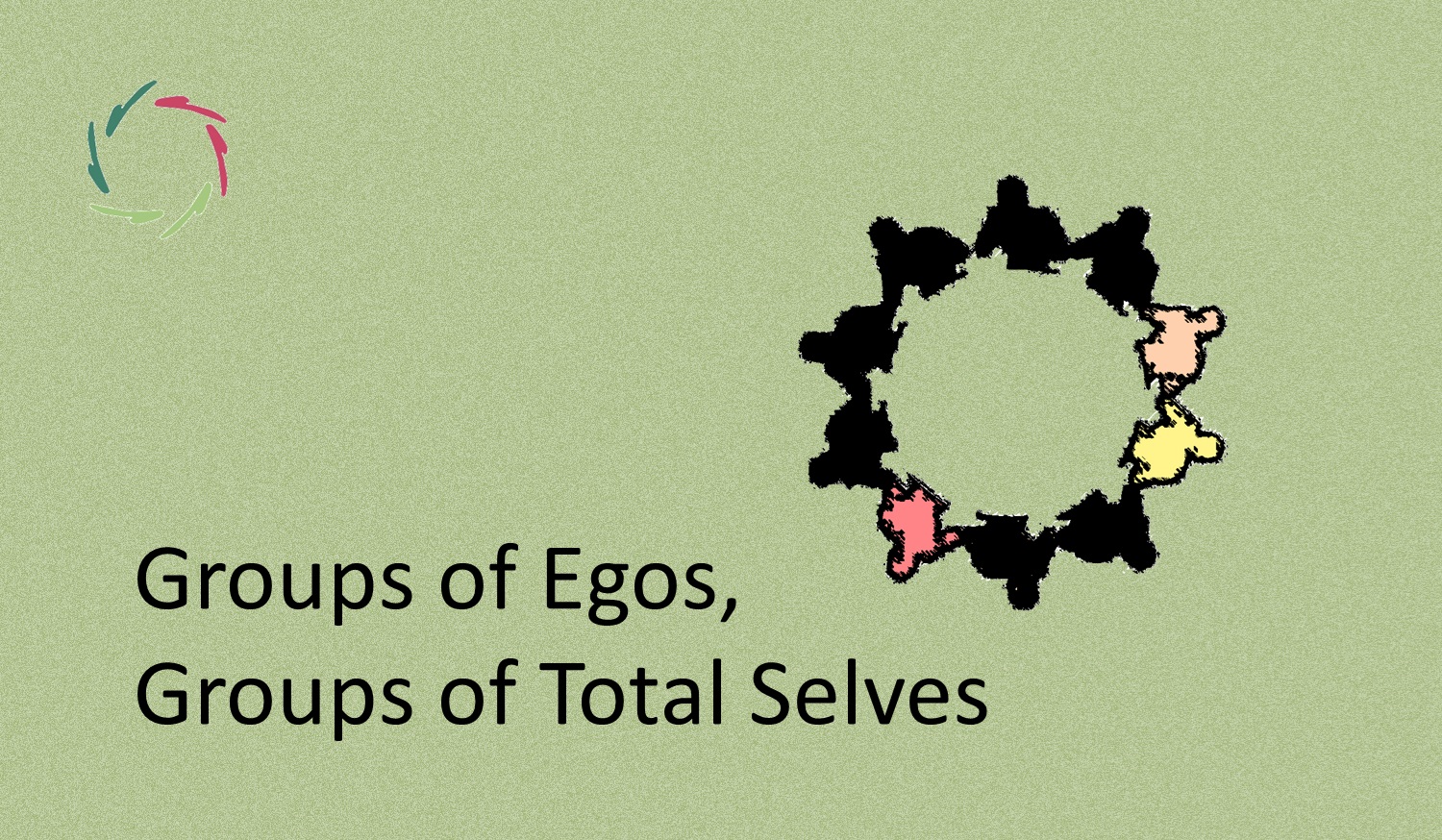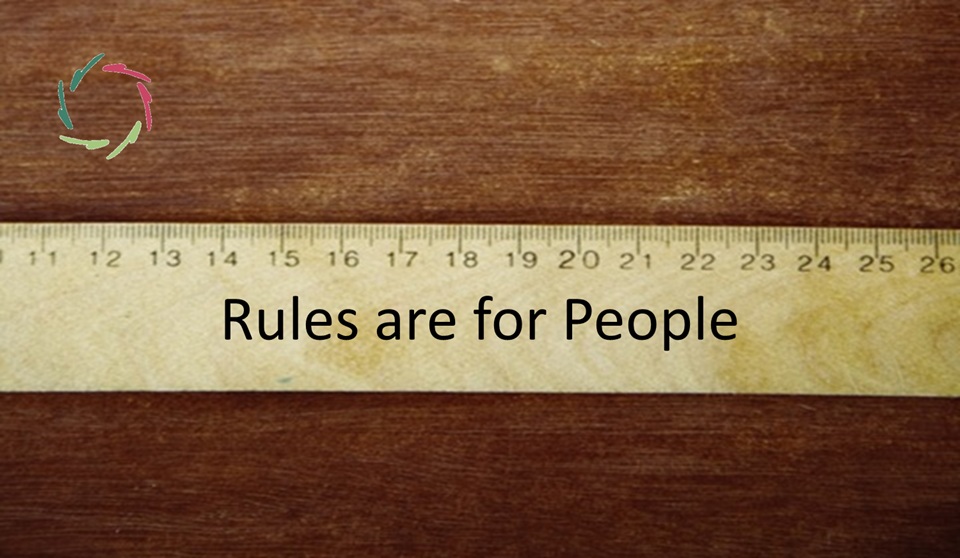Societal Inner Dissociation and War-Mongering

War-mongering – the promotion of war and conflict as a means to resolve disputes or assert power – is often a symptom of Societal Inner Dissociation (SID). Insight into this can help us work towards a more peaceful and integrated world.
This approach requires deep dialogue, integrated leadership, and a commitment to healing the dissociations that fuel fear and aggression. This blog is part of the *SID* series. Please read the primary blog of this series for a basic understanding of Societal Inner Dissociation (SID).
War and SID
The pursuit of power, resources, or ideological dominance has often driven war. However, beneath these surface-level causes lies a deeper psychological and societal dynamic: Societal Inner Dissociation (SID).
When a society is deeply dissociated – when its collective actions are disconnected from deeper values, fears, and needs – it becomes more susceptible to war-mongering.
The psychological roots
Societies experiencing SID often project their internal fears and unresolved conflicts onto external enemies. This projection can manifest as paranoia, leading to a perception of threats where none exist or the exaggeration of minor disputes into existential crises. War-mongering becomes a way to externalize and ‘resolve’ these internal tensions.
War-mongering can also serve as a distraction from domestic problems caused by SID. When a society is internally fragmented and dissociated, leaders may – consciously or non-consciously in this regard – use external conflict to unite the populace against a common enemy, diverting attention from internal issues such as economic disparity, political corruption, or social unrest.
Historical examples
Totalitarian regimes, such as Nazi Germany or Stalinist Russia, notoriously use war-mongering as a tool to consolidate power. Such regimes are characterized by profound internal dissociation, where the state’s actions become increasingly disconnected from the population’s needs and values. War serves as an outlet for channeling this internal dissociation into external aggression, masking the underlying societal rifts by creating a common enemy.
The Cold War era is another example of a time when SID played a critical role. Both the United States and the Soviet Union engaged in war-mongering, driven by ideological paranoia and a profound distrust rooted in deeper societal dissociations. The fear and suspicion that marked this period were reflections of internal fractures within each society, projected outward in a global struggle for dominance.
The role of SID in modern conflicts
SID continues to fuel modern global tensions, such as the growing hostility between the United States and China or the ongoing conflicts in the Middle East. These tensions often arise from deep-seated societal dissociations, where fear, mistrust, and the desire for control override rational diplomacy and dialogue. The internal disconnections within these societies manifest as external conflicts, perpetuating cycles of aggression.
SID also contributes to the rise of terrorism and extremism. These often flourish in environments where there is a significant social disconnect, leading to the formation of militant groups. These groups seek to address their grievances through violence, driven by the dissociation that separates their deeper needs from any form of constructive dialogue or resolution.
Mitigating war-mongering by addressing SID
By addressing the root causes of fear and mistrust and acknowledging the deeper layers of societal dissociation, societies can work towards more peaceful and constructive resolutions of disputes rather than projecting internal conflicts onto external enemies.
Integrated leadership – aware of both the conscious and non-conscious dynamics at play within society – is crucial. Leaders who are in tune with the deeper needs and values of their people are less likely to resort to aggressive posturing or war as a means of maintaining control. Such leadership can guide societies towards healing their internal rifts, reducing the drive towards external conflict.
Promoting cultural integration and understanding within societies can also play a significant role in reducing the fear of the ‘other’ and the subsequent need for aggressive posturing. By fostering a sense of shared humanity and common purpose, societies can diminish the internal dissociations that often lead to war, creating a more cohesive and peaceful global community.
In short
The path to lasting peace starts inside, with a profound sense of peace to which all people may agree.
This is a very hopeful message, but it needs to be realized.


